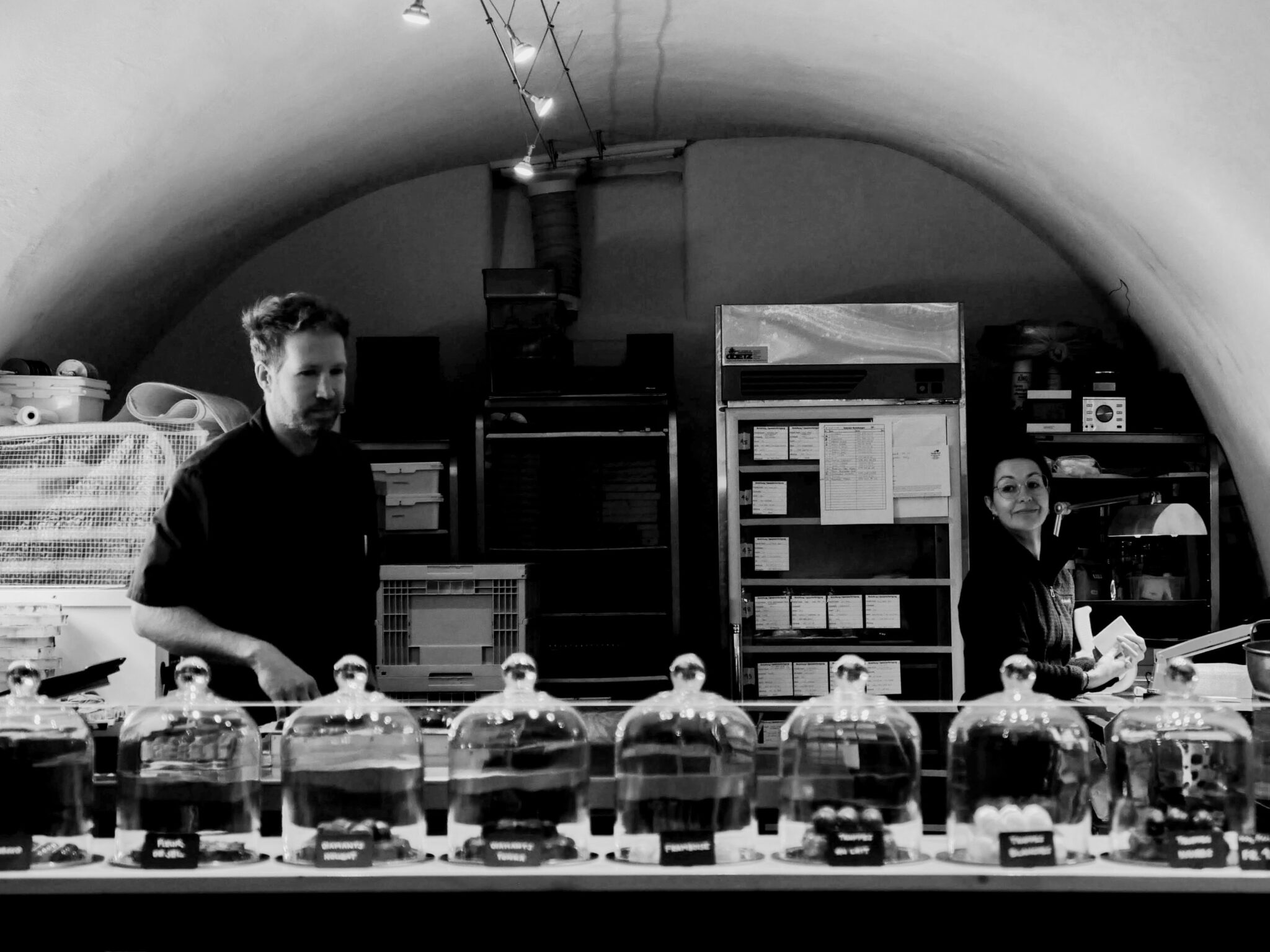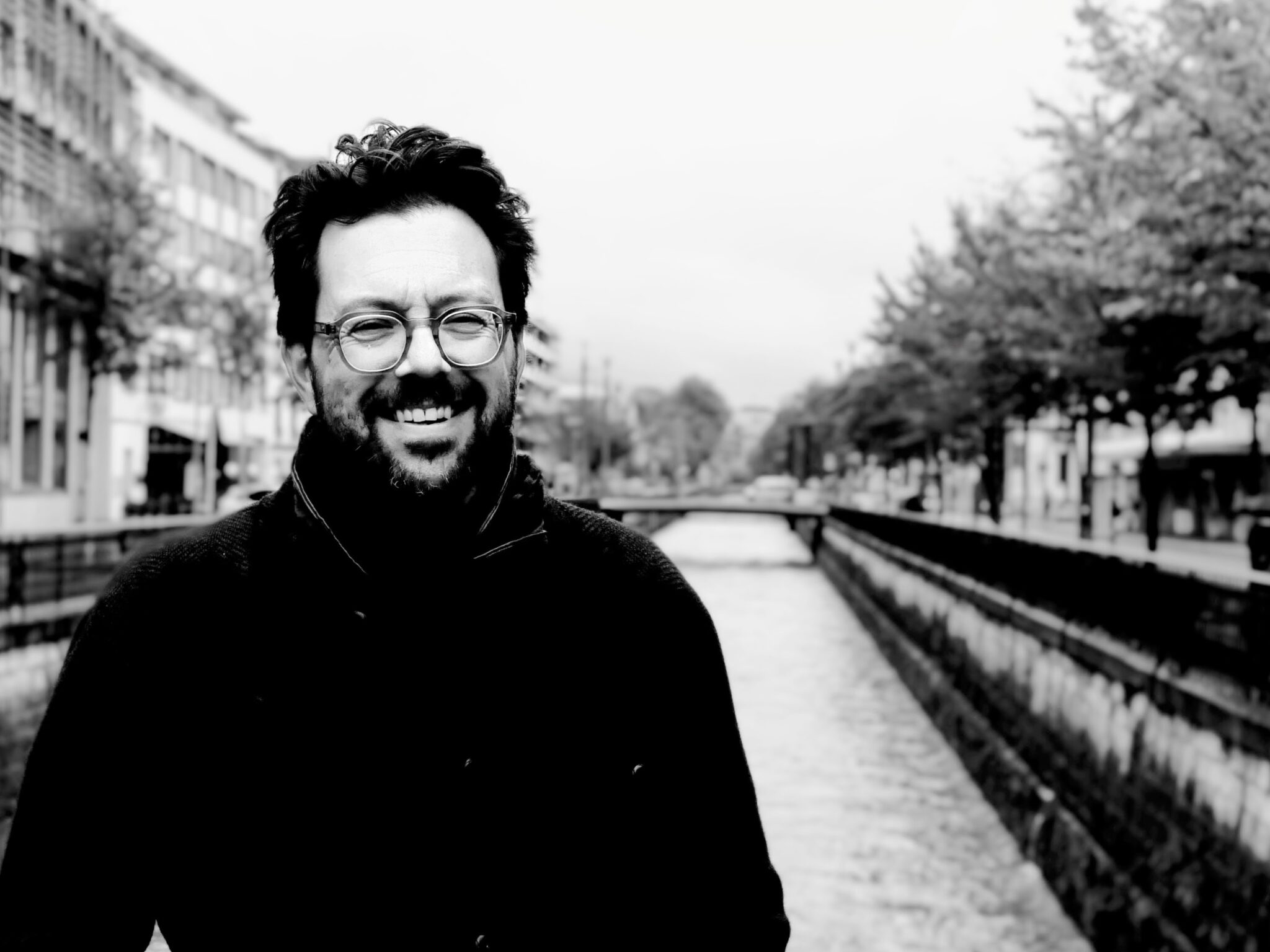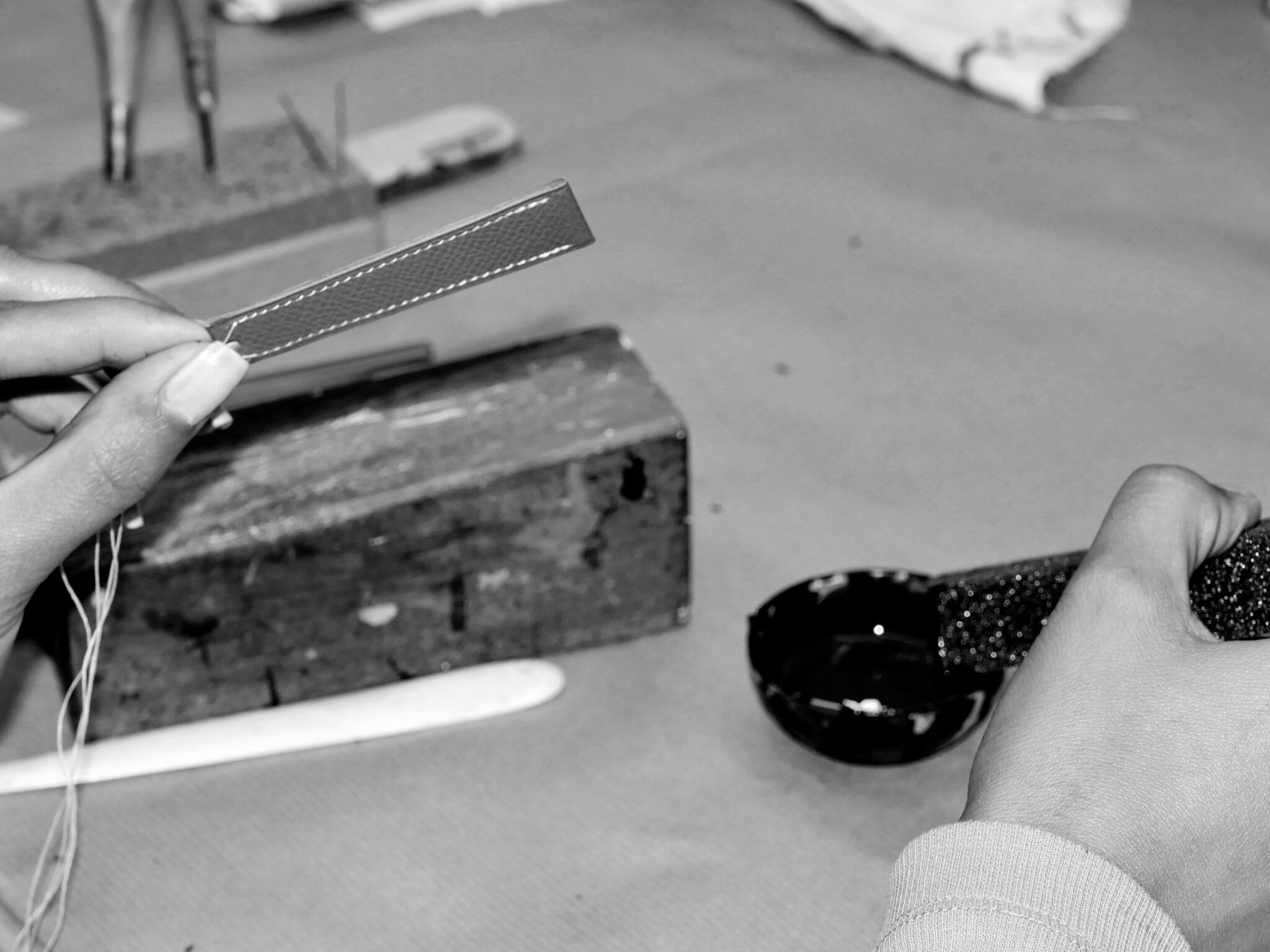
As I explained in Part I, the day spent at La Montre Hermès was so rich that a single article could not do justice. One of the reasons is that there are in fact two distinct, yet intimately connected, operations taking place under the same roof. The first, and the place’s raison d’être, is the watchmaking manufacture. As we saw, the breadth and depth of in-house horological work taking place there is considerable. The French maison is truly one of the major watch players in our city.
The second part of La Montre Hermès, and the focus of today’s article, is about what the brand is most famous for: leather. In a configuration I am pretty confident does not exist anywhere else, an entire floor is dedicated to the expert craft of straps, and special dials, for the watches produced just above. The juxtaposition of the métiers under a single roof brings together the creativity and execution of metal and leather in a way I had never seen.
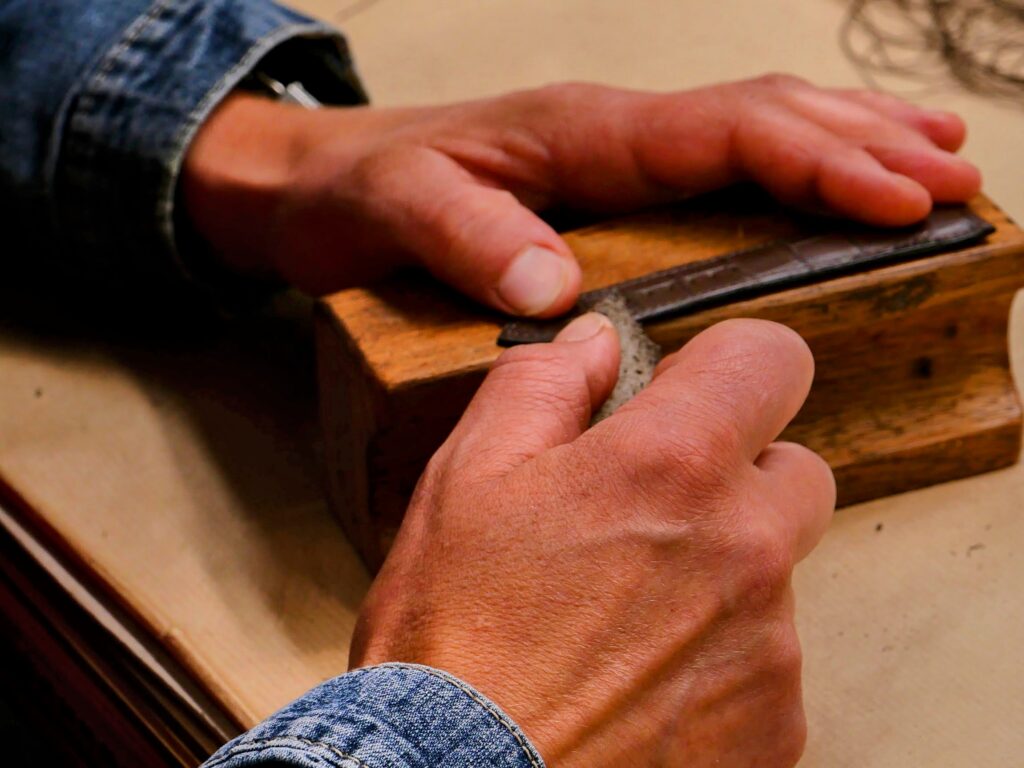
Leather as a true watch material
After all, it makes sense. When a watch is worn on a strap, only a third or so of the wrist is occupied by the watch itself. The strap is the majority stakeholder, the element that is the most in contact with our skin. From an aesthetic perspective, beyond the adequacy of the strap material with the watch, the way it fits into the lugs, the case, and how it closes, all are key to how the watch appears, and feels, on the wrist.
Despite that, most watch brands seem to consider the leather strap as somewhat of an after-thought. While metal bracelets are treated as an integral part of the watch, often conceived and sometimes produced in-house, a leather strap is usually more of a “foreign” element. Pretty much every brand out there entirely outsources the production, and the strap only comes into play at the very last stage, known in the industry as “T3”. Beyond the strap, as we will see, Hermès also brings its leather savoir-faire to life on the dial itself in a unique way.
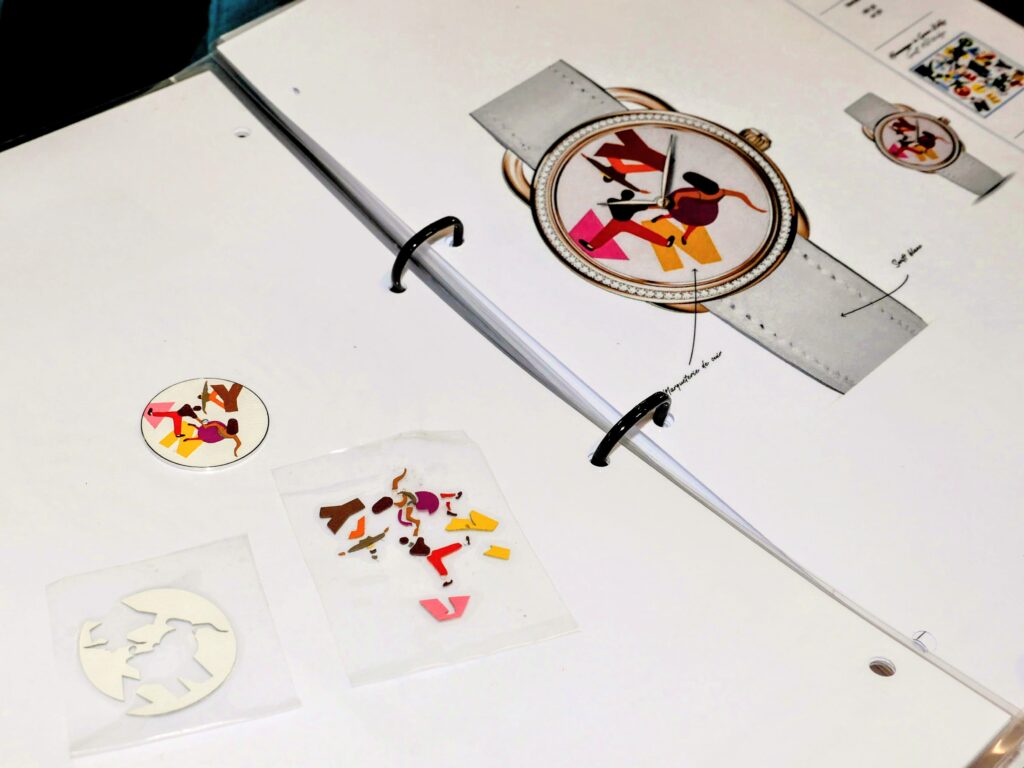
The hidden treasure
The visit of the leather ateliers starts with the stockroom. With an abundance of the most precious leathers in a seemingly infinite variety of shapes and colors carefully piled on top of each other across rows of shelves, it truly felt like Ali Baba’s cave. Despite the Hermès team being so open and welcoming throughout the visit, this was, understandably, the only area where I was not allowed to take photos.
It’s not just security and confidentiality: everything in the stockroom is tightly controlled. Temperature and humidity are constantly monitored and adjusted to avoid any fluctuation. No sunlight is allowed in, which is why it is located underground. At night, all lights are switched off to avoid any unnecessary exposure.
A key leather used for watch straps is, unsurprisingly, alligator. Its scales being considerably smaller than those of a crocodile, it is more suited to the size of a strap. Beyond texture, the size of the scales has to be sufficient, according to the maison’s strictly defined standards. Parts with smaller scales can still be used for the loops.
Broader considerations
Out of both economic interest and sustainability principles, as many as possible leather parts are employed. From one alligator, seven straps are typically created. Remaining parts are kept and used for prototyping, making inserts or reused for other projects.
Regarding broader societal debates around the use of leather in the world of fashion and luxury, it is something we discussed informally with the team at Hermès. They were very open about it. The maison is well aware of the importance of this matter on several fronts and is working on finding alternative solutions.
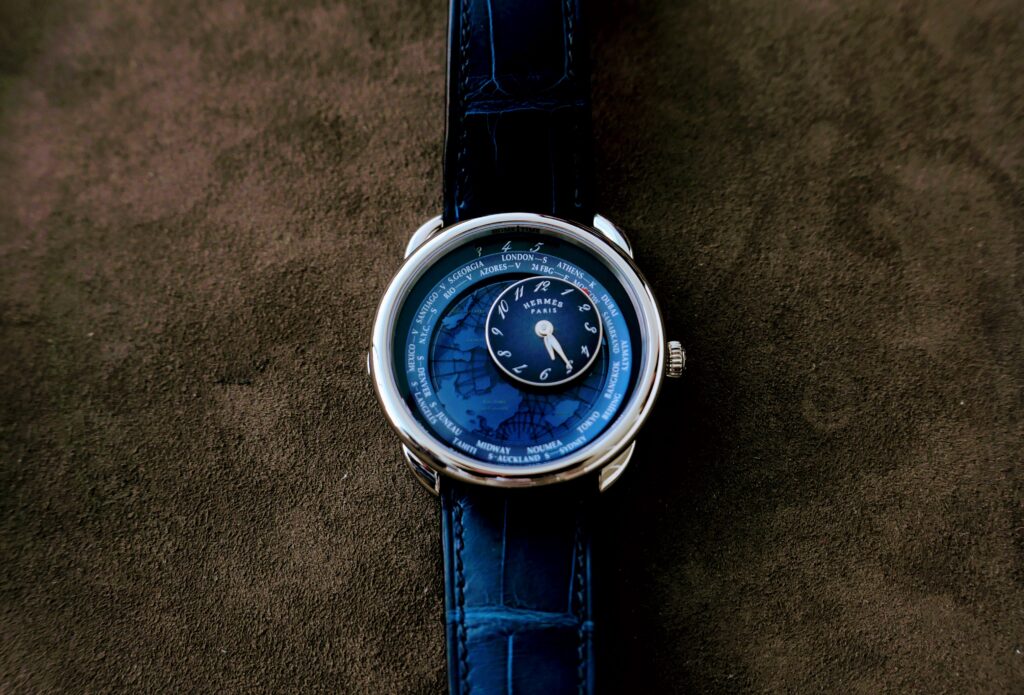
Made in Bienne
Inaugurated in 2006, the Hermès leather ateliers in Bienne is where all the straps are designed, prototyped and controlled. It is also where the most exceptional straps are fully produced, for special orders, photo shoots, events such as Watches & Wonders, and runways. Otherwise, the majority of the actual production takes place at other Hermès sites, on the other side of the border, in France.
What struck me the most as the team explained how they work is the natural order of things. “Creative” decides, “Technical” makes it happen. This modus operandi really defines how everything is done. That said, it is not quite as hierarchical as it may sound: ideas from the leather experts on what can be done creatively are welcome, and sometimes end up defining the path forward.
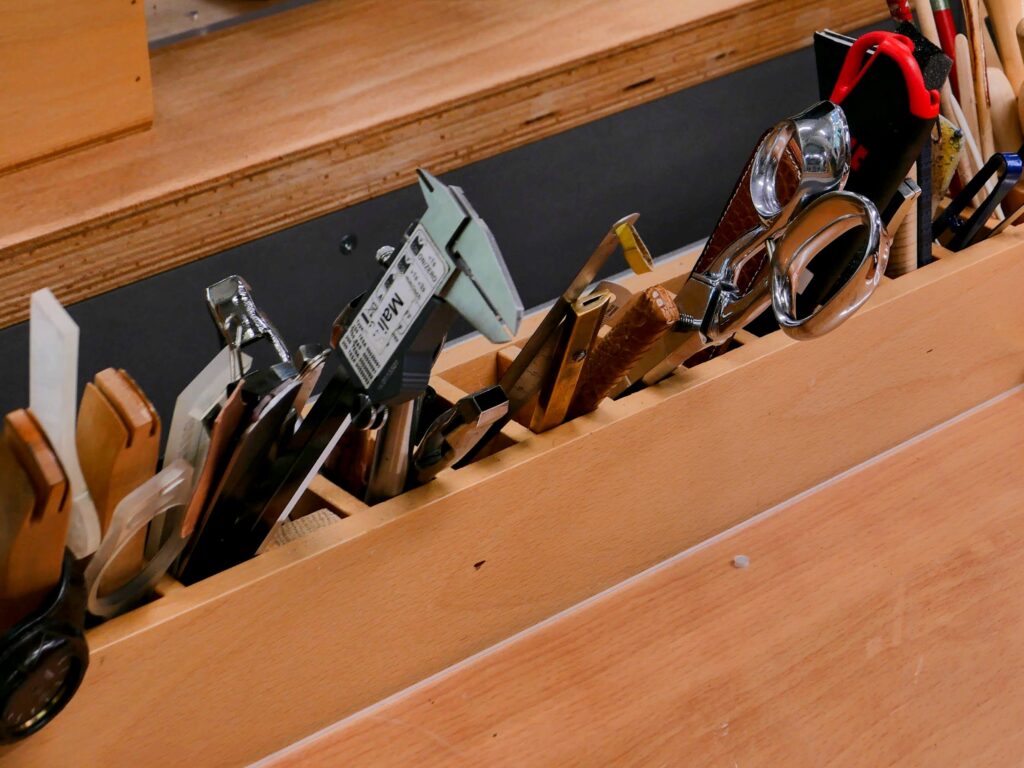
Next level watch straps
Whereas I have visited dozens of watch manufactures, I had never seen anyone make a watch strap before. In that sense, I can’t compare. Still, I am pretty sure that the level of skills, care and attention to detail I saw are fairly unique in the watch industry. A good example is the domed insert, a process often used to adapt the shape of the strap. Typically, the material used inside, invisible to the eye, is synthetic. At Hermès, it is real leather.
Every single strap is the result of hours of work across multiple stages I could never have imagined. The dyes and finishing techniques are individual to each of the three layers constituting each strap, as determined by the creative team. Every stitch matters, including a little secret we were shown that sales associates can share with clients in Hermès boutiques (I was asked not to say more!).
Beyond the immense quality of the craftsmanship, what felt so special was the interaction between the creative teams, the watchmakers and the leather ateliers. When a concept emerges, as soon as something needs testing, or if anyone has a question, they either go up, come down, or meet over coffee in the open space midway. And that is how you make a strap perfectly suited to a watch!
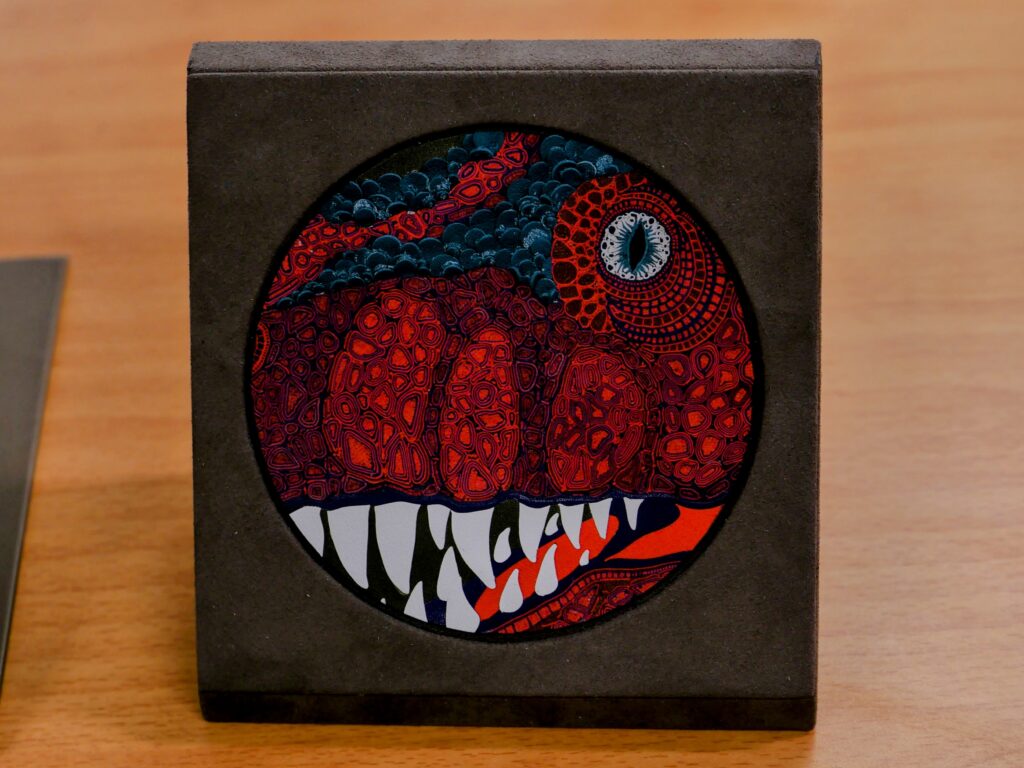
Beyond straps: métiers d’art
While perhaps the most obvious, straps are not the only watch element produced in the leather ateliers. That is because Hermès leather is also used, on some special pieces, to produce the watch dial.
Two main crafting techniques are employed here: marquetry and mosaic. Marquetry is when the key elements of the design are cut out according to their color, and applied on the dial in their respective shapes. Mosaic is when, like pixels, the entire design is constituted of microscopic leather elements that create the whole. On a typical Hermès mosaic dial, there are over 2,000 different pieces of leather!
As you can imagine, such work requires exceptional craftsmanship and a very high level of concentration. The team happily admitted that they cannot produce such work on an ongoing basis given the mental intensity required. Workflows are organized so that dials are produced when the person feels most up to it. The particular complexity of the mosaic production is such that only two people in the entire company are eligible to perform it for the moment.
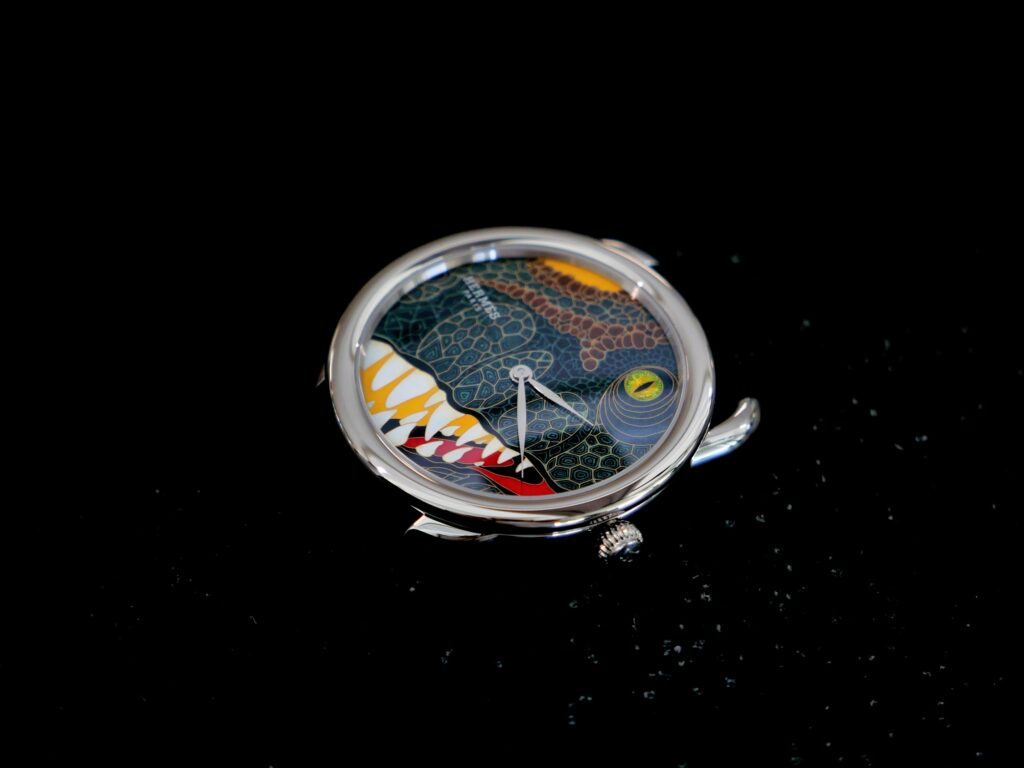
It all comes together
Once more, having everyone under the same roof has been critical to enable watches with such decorations. The Arceau Robe du Soir, Slim d’Hermès Panthère and Arceau Gene Kelly and Arceau Pocket Aaaaaargh! minute repeater, among others, required deep collaboration between the leather and watchmaking teams to be brought to life. For instance, because the shape of leather is constantly changing at the microscopic level, it could impact the correct functioning of the hands. A special UV coating also needed to be applied underneath the crystal to ensure the sun would not deteriorate the leather dial.
Where it all fully comes together is not just in the how, but in the what. The designs, often reminiscent of ones found on Hermès carrés, are always incredibly refined, and yet edgy, blending zeitgeist with something universal that won’t go out of fashion. Whereas some watch brands, in my view, tend to be a bit too predictable in their métiers d’art designs, Hermès always manages to provoke thought and emotion while remaining loyal to its DNA.
Conclusion
As mentioned in the introduction to Part I, there should be a third part of this series, next year, after visiting the dial and case production site in Le Noirmont. Until then, I already feel a sense of completeness given how many different things are happening under the roof at La Montre Hermès: creative design, watchmaking, leather craftsmanship. Somehow, they all manage to reinforce each other towards a common goal. In a way I did not think possible before walking in, it all felt very Hermès, and very Bienne too.


